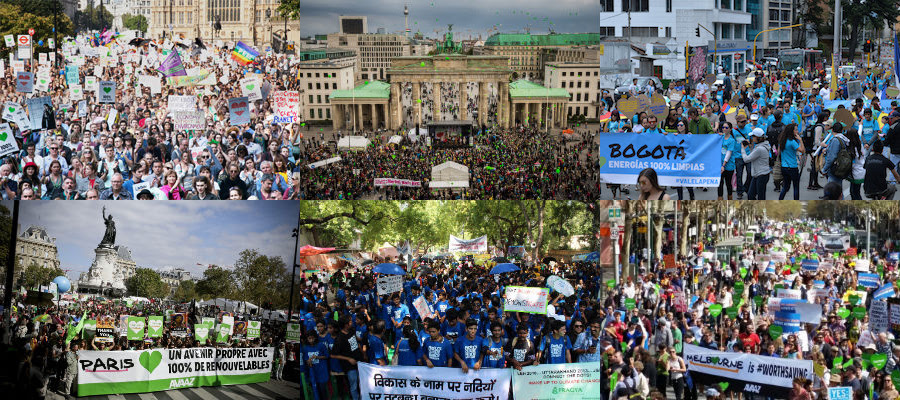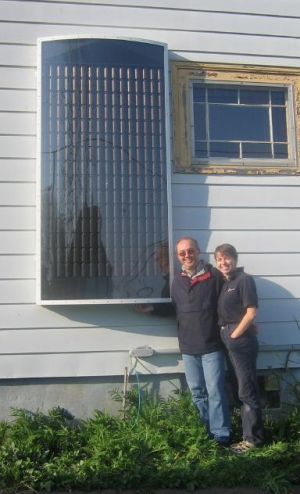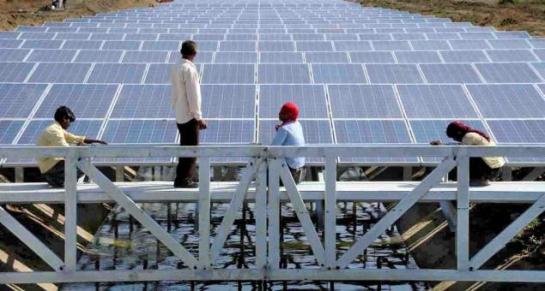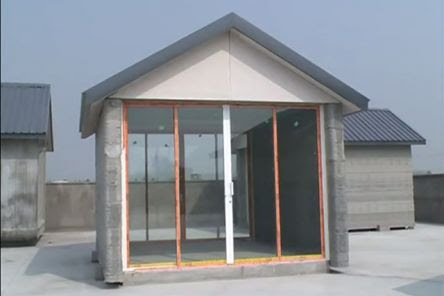From http://earthweareone.com/:

Law of Mother Earth sees Bolivia pilot new social and economic model based on protection of and respect for nature.
Bolivia is to become the first country in the world to give nature comprehensive legal rights in an effort to halt climate change and the exploitation of the natural world, and to improve quality of life for the Bolivian people.
Developed by grassroots social groups and agreed by politicians, the Law of Mother Earth recognises the rights of all living things, giving the natural world equal status to human beings.
Once fully approved, the legislation will provide the Earth with rights to: life and regeneration; biodiversity and freedom from genetic modification; pure water; clean air; naturally balanced systems; restoration from the effects of human activity; and freedom from contamination.

The legislation is based on broader principles of living in harmony with the Earth and prioritising the “collective good.” At its heart is an understanding that the Earth is sacred, which arises from the indigenous Andean worldview of ‘Pachamama’ (meaning Mother Earth) as a living being. An initial act outlining the rights – which was passed by Bolivia’s national congress in December 2010 and paves the way for the full legislation – defines Mother Earth as a dynamic and “indivisible community of all living systems and living organisms, interrelated, interdependent and complementary, which share a common destiny.”
Bolivia’s government will be legally bound to prioritise the wellbeing of its citizens and the natural world by developing policies that promote sustainability and control industry. The economy must operate within the limits of nature and the country is to work towards energy and food sovereignty while adopting renewable energy technologies and increasing energy efficiency.Preventing climate change is a key objective of the law, which includes protecting the lives of future generations. The government is requesting that rich countries help Bolivia adapt to the effects of climate change in recognition of the environmental debt they owe for their high carbon emissions. Bolivia is “particularly vulnerable to the impacts of climate change,” according to an Oxfam report in 2009, with increasing drought, melting glaciers and flooding.
On the international stage, the government will have a legal duty to promote the uptake of rights for Mother Earth, while also advocating peace and the elimination of all nuclear, chemical and biological weapons. Following a change in Bolivia’s constitution in 2009, the law is part of a complete overhaul of the legal system. It represents a shift away from the western development model to a more holistic vision, based on the indigenous concept of Vivir Bien (to live well).
The proposal for the law states: “Living Well means adopting forms of consumption, behaviour and and conduct that are not degrading to nature. It requires an ethical and spiritual relationship with life. Living Well proposes the complete fulfilment of life and collective happiness.”
To read more click the link at the top!












